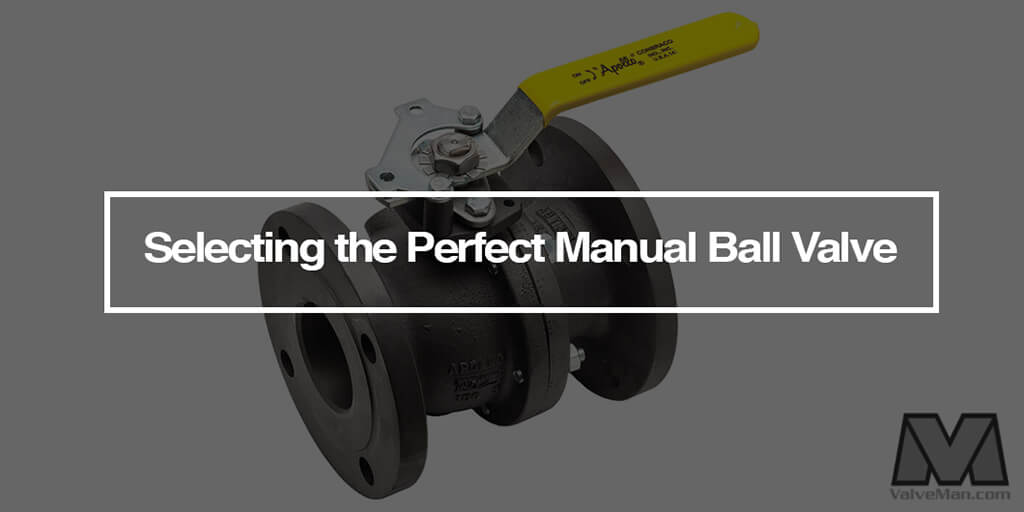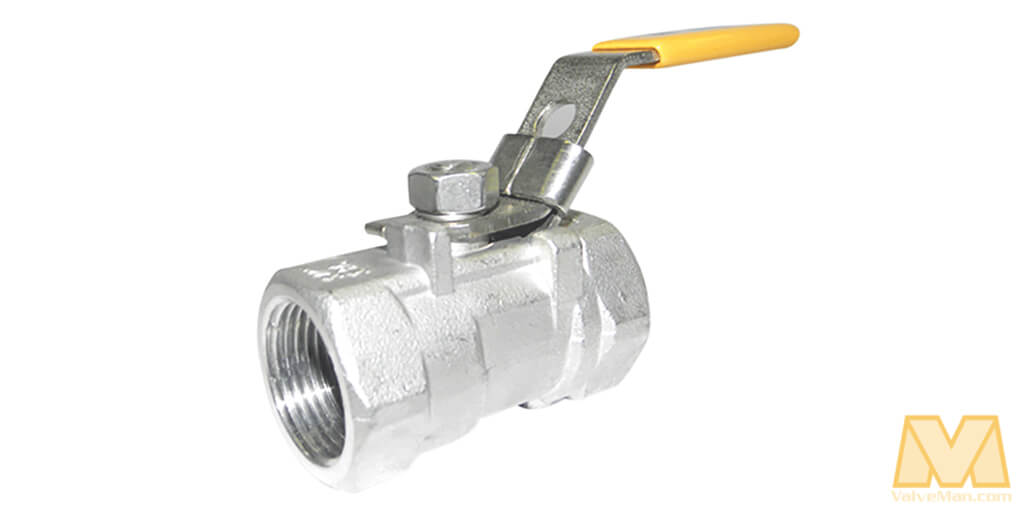Manual Ball Valves

Manual ball valves are arguably the most commonly used valve on planet. Found in almost every home, factory, business, etc., the manual ball valve has proven itself to be an irreplaceable commodity.
Although manual ball valves work well in innumerable applications, they are especially useful for the gas, water, and oil applications. Ball valves can open and close at ease due to the low-pressure drop, providing a rapid response to any emergency situation.
What To Look For
Selecting the correct manual ball valve depends on a variety of factors for what your project requires:
- Type of Media
- Size of hose/pipe
- Type of connections
- NPT (threaded)
- Overall budget
- Pressure (PSI) - When selecting the right valve, be sure to look o the valve for the WOG number. This stands for water, oil, and gas. It is accompanied with a number, for example: 500 WOG. This stands for 500 PSI. With this in mind, you will have an easier time selecting the proper ball valve for your size of hose/pipe.
Ball valves come in a variety of materials, and are commonly found in PVC, iron, brass, and stainless steel. Manual ball valve types are often designed to meet the requirements of specific applications, including water, oil, and gas. Many end users believe that manual ball valves made in the United States are known for their strength, durability, and overall excellent performance which in most cases is true. However, countries such as Italy, South Korea, and Canada are manufacturing incredible manual ball valves of the highest standard.
All About Industry
When selecting a manual ball valve, you need to know your system specifications. Pressure classes and temperature ranges can differ tremendously from valve to valve. Make sure the material of the valve is suitable for your specific needs. B e sure to note the maintenance information; each valve is different. Safety is priority number one; pressure drops occur in almost every type of valve, this can be dangerous down the line, even though ball valves have a lower drop pressure of any type of valve.

Reasons for Choosing Manual Ball Valves
- Manual ball valves can handle higher pressure than plug and butterfly valves.
- Airtight seals ensure long lasting durability over other valve types.
- Only require lubrication on the coating of the ball.
- Quick operation time due to sharp turning (90 degree to open).
Figuring out what manual ball valve is right for your application may need professional assistance. If you need to speak to a valve engineer, contact the pros at the ValveMan.com valve store.
Manual Ball Valves - Related Articles
Gas Ball Valves In Industrial Applications - 5 Things to Keep in Mind
How To Correctly Use A 3 Way Valve In Different Applications
Industrial Ball Valves - 9 Questions To Make The Right Choice
Using an Actuated Ball Valve Or a Solenoid Valve For Best Fluid Control In The System
What is the Purpose of a Vented Ball Valve?
How Does A Floating Piston Valve Work?
Selecting the Best Apollo Ball Valve for Natural Gas Use
Difference Between a Vented Ball Valve and a Standard Ball Valve
Why Choose a Bonomi Ball Valve?
Choosing the Perfect Apollo 3 Way Valve
Why Choose a Namur Solenoid Valve for a Pneumatic Actuator
Difference Between a 1, 2, and 3 Piece Valve
What is the Difference Between Full Port and Standard Porting?

